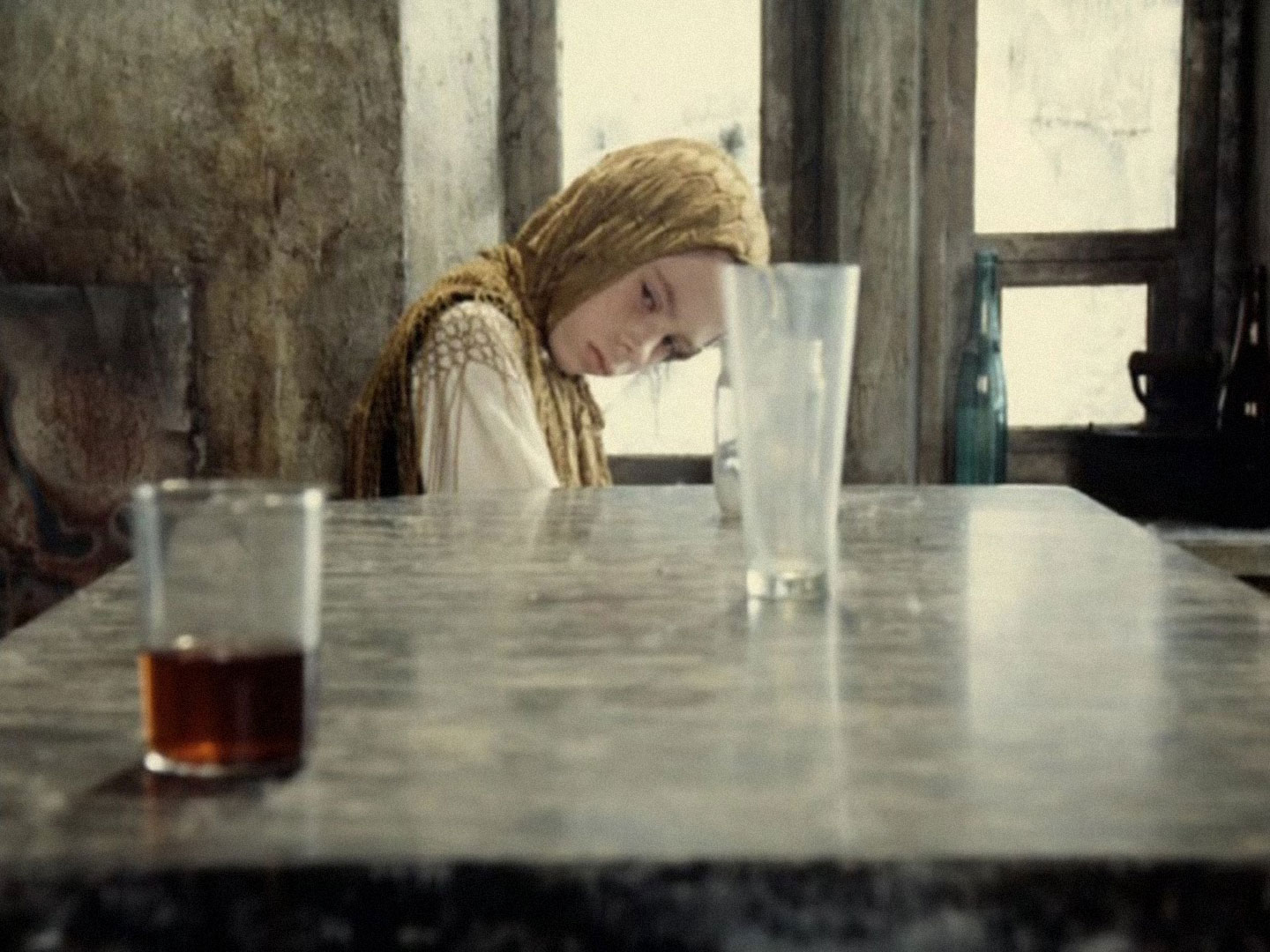Mark Fisher, The Weird and the Eerie (Repeater Books, 2016), 20. Thanks to Elvia Wilk for drawing my attention to this text, which helped clarify some key terms and concepts.
Fisher, The Weird and the Eerie, 13.
Tarkovsky’s film is loosely based on the Strugatsky brothers’ 1972 novel Roadside Picnic. Even though film and prose fiction are such distinct forms, I discuss the film rather than the novel because Stalker shares with my other examples a concentrated focus on a single intrusion (whereas Roadside Picnic features half a dozen, and unfolds in several different locations across the globe).
Claude Lévi-Strauss, Tristes Tropiques (Pocket Books, 1977), 448.
